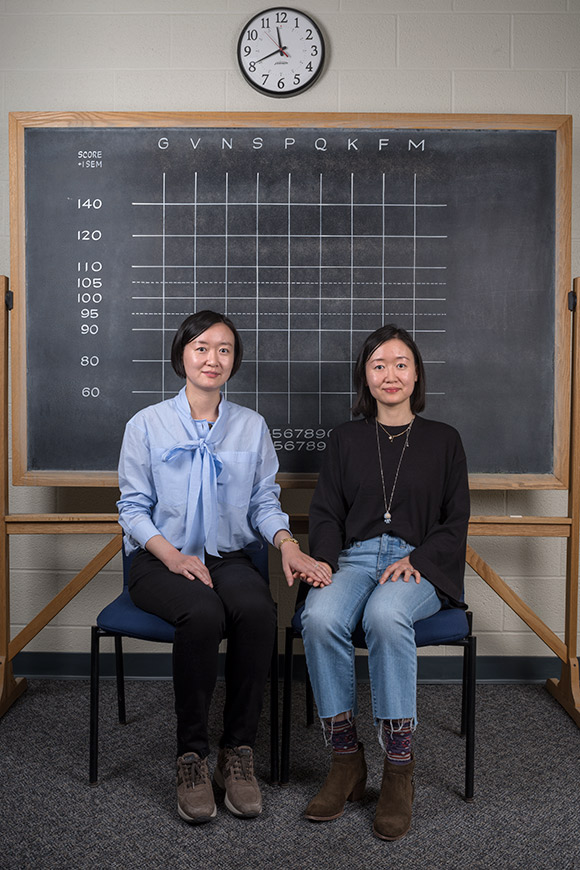On Purpose: Portrait of Psychology

Now in our hundredth year, the Department of Psychology, founded in 1917, has been the academic home of many illustrious faculty members including Ellen Berscheid, Irv Gottesman, David Lykken, Paul Meehl, Donald Paterson, B.F. Skinner, and Auke Tellegen. We rank among the top ten psychology departments in the US and have the largest number of undergraduate majors at the University of Minnesota.
With 41 full-time faculty, 150 PhD students, and 1,450 undergraduate majors, we are organized into seven areas: Clinical Science and Psychopathology, Cognitive and Brain Sciences, Counseling Psychology, Industrial-Organizational Psychology, Personality-Individual Differences-Behavior Genetics, Social Psychology, and Quantitative/Psychometric Methods. The study of individual differences is a core aspect of our mission. We examine what makes people differ from each other. What are the roles of genetics versus environment? To pursue those questions, we house the world-renowned study of identical and nonidentical twins raised together and apart. Our faculty lead the field in the search for biological bases for how we perceive and act in the world around us.
We seek ways to reliably measure individual traits. Our faculty developed the Minnesota Multiphasic Personality Inventory (MMPI)—the most widely used personality measure in the world. And we developed entire fields of study and measurement such as Computerized Adaptive Testing (CAT).
We consider what traits promote mental health, good relationships, and satisfying careers. For almost 50 years, we have run a career assessment clinic that helps people choose the right occupations. We have also led efforts to understand how mental health conditions should be classified and diagnosed.
Our faculty are leaders in researching how we can construct workplaces to maximize effectiveness and satisfaction. Additionally we are working to understand how social supports and relationships impact our behavior and how social forces can persuade us to change our behavior for the better.


